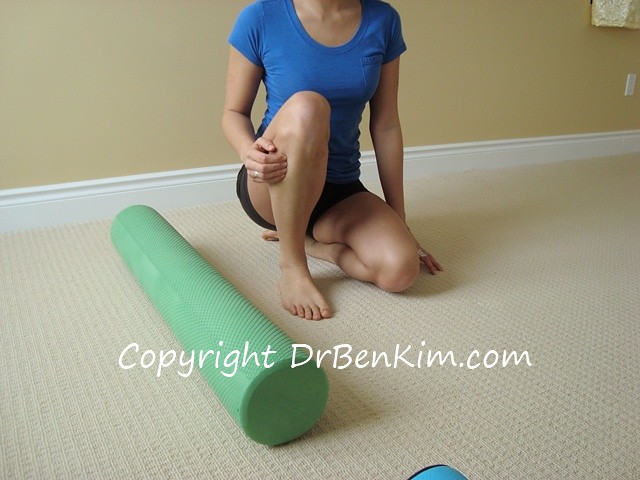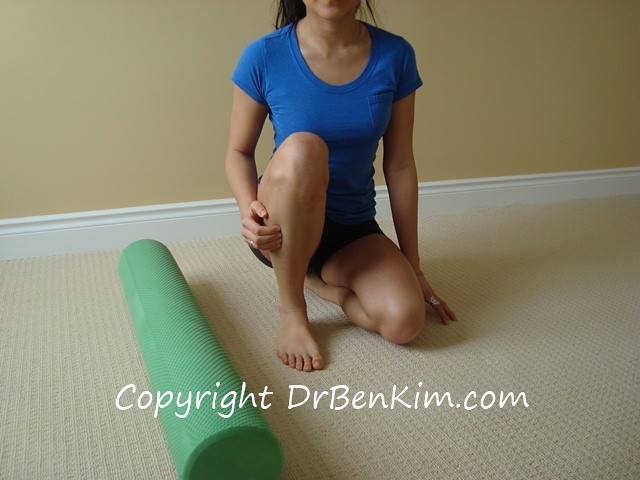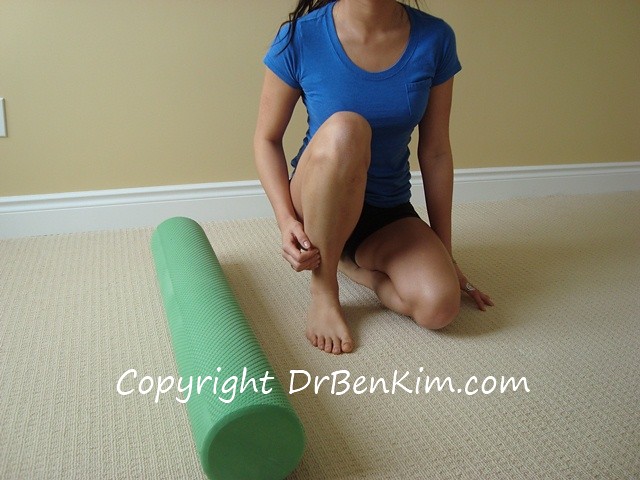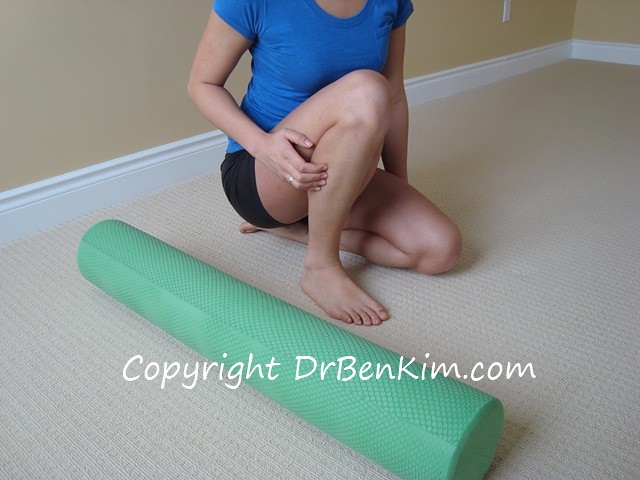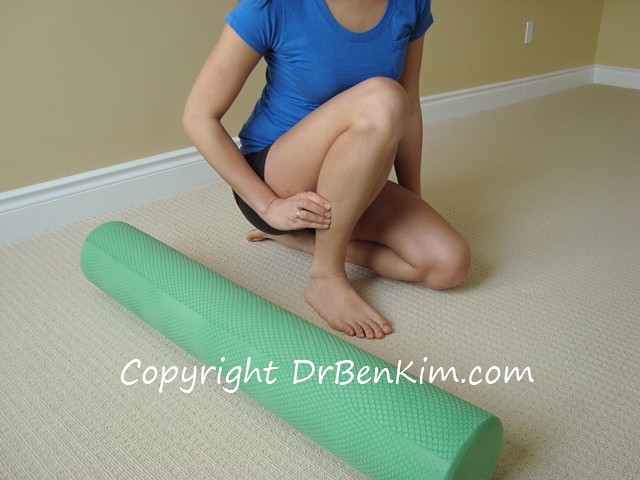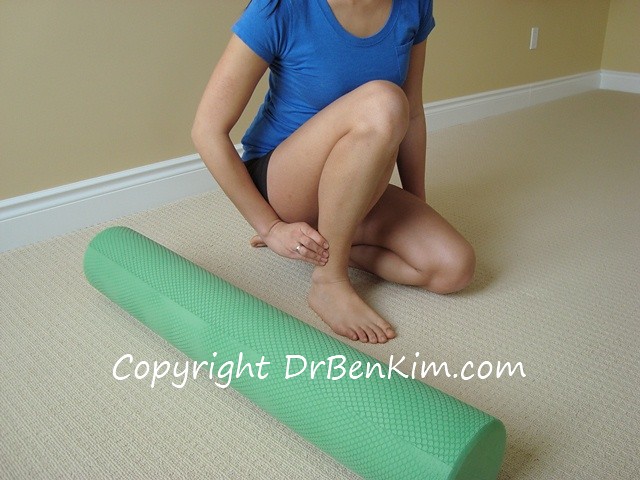You are here
Overlooked Causes of Leg Pain
 Most of the problems that you can experience in your lower legs are likely to originate from posterior compartment muscles, the two main ones being your gastrocnemius and soleus. Together, these calf muscles allow you to push off the ground with every step you take.
Most of the problems that you can experience in your lower legs are likely to originate from posterior compartment muscles, the two main ones being your gastrocnemius and soleus. Together, these calf muscles allow you to push off the ground with every step you take.
Less common but with equal potential to cause discomfort is inflammation or dysfunction of the muscles that line the front of your lower legs, the main one being your tibialis anterior. This is the main shin muscle that you can palpate along the front and outer portion of your lower leg - if you aren't sure of its location, look for the muscle belly that pops up when you point your toes up toward your head.
Your tibialis anterior muscle runs from your knee all the way down to your foot. Here is a look at the path of your tibialis anterior:
Your tibialis anterior serves to lift your toes off the ground with every step that you take. It also stabilizes your ankle joint whenever your foot is flat on the ground.
If you overuse your tibialis anteior - a common scenario with avid runners, hikers, bicyclists, and high level athletes - you might experience inflammation along its line of attachment with your tibia, the main weight-bearing bone of your lower leg. If left untreated, this can lead to chronic leg pain, sometimes called shin splints.
To keep your tibialis anterior healthy and functioning optimally, I recommend applying firm pressure to the length of this muscle a few times a week. You can do this by applying downward pressure with the heel of your opposite leg. Or you can roll the length of your tibialis anterior along a foam roller, a rolling pin, or even a firm ball like a basketball or medicine ball.
Stripping your tibialis anterior in this fashion can promote healthy blood flow and nerve tone throughout the anterior compartment of your lower leg and foot. With a major artery, vein, and nerve running through the area just beneath your tibialis anterior, it makes sense that two of the most powerful acupuncture points in your body - Gall Bladder 34 and Stomach 36 are in this region.
Also a potential origin site of leg pain is the lower, outside portion of your leg, from your outer ankle region to the outer portion of your knee. This is the path of your peroneal muscles, which are comprised of three main portions; your peroneus longus, brevis, and tertius.
Here are a few photos that show the path of your peroneal muscles:
Your peroneal muscles aren't very powerful; they help stabilize your ankle and flex your ankle back and forth as you walk or run (peroneus longus and brevis support your calf muscles, while peroneus tertius supports your tibialis anterior).
With ankle sprains, including mild twists and turns, your peroneal muscles and their tendons can suffer enough damage to cause your body to lay down scar tissue in this area. If this happens, your peroneal muscles can become dysfunctional to a point where they get in the way of proper range of motion of your ankle joints.
So just as stripping your tibialis anterior can help keep the anterior portion of your lower leg healthy and functional, applying massage-like pressure along the length of your peroneal muscles (the lateral aspect of your lower leg) can help keep your legs and ankle joints working properly.
Here's a brief video clip that shows how you can use a foam roller to strip your tibialis anterior and your peroneal muscles:
It's a good idea to work on these muscles alongside your posterior compartment muscles (gastrocnemius and soleus), as all of these compartments work together with every step you take, and to stabilize your ankles when you're standing. To work on just one compartment may create or fortify imbalances in muscle tone and function that can increase risk of injury.
If you don't have a foam roller and are looking to invest in one that offers a blend of comfort, durability, and ideal density to provide therapeutic rolling of your muscles and ligaments, please feel free to have a look at the one that I had custom made for our clients here:
For a DVD that presents still photos and video clips that illustrate how to take your body through all of the major stretches and foam rolling exercises you can do to keep your body as healthy as your genetics will allow, have a look here:
Stretching and Foam Rolling DVD, by Sharon Lee and Dr. Ben Kim
And last but not least, here's a related post that shows how to stretch and foam roll your posterior compartment muscles:
How to Stretch and Foam Roll Your Calves for Healthy Knees and Ankles
If you have any comments on this post, please use the comments section below or our Facebook page.
Join more than 80,000 readers worldwide who receive Dr. Ben Kim's free newsletter
Receive simple suggestions to measurably improve your health and mobility, plus alerts on specials and giveaways at our catalogue
Please Rate This
Highest RatedNo articles have been rated for usefulness recently, please check later. | Related Posts | ||







